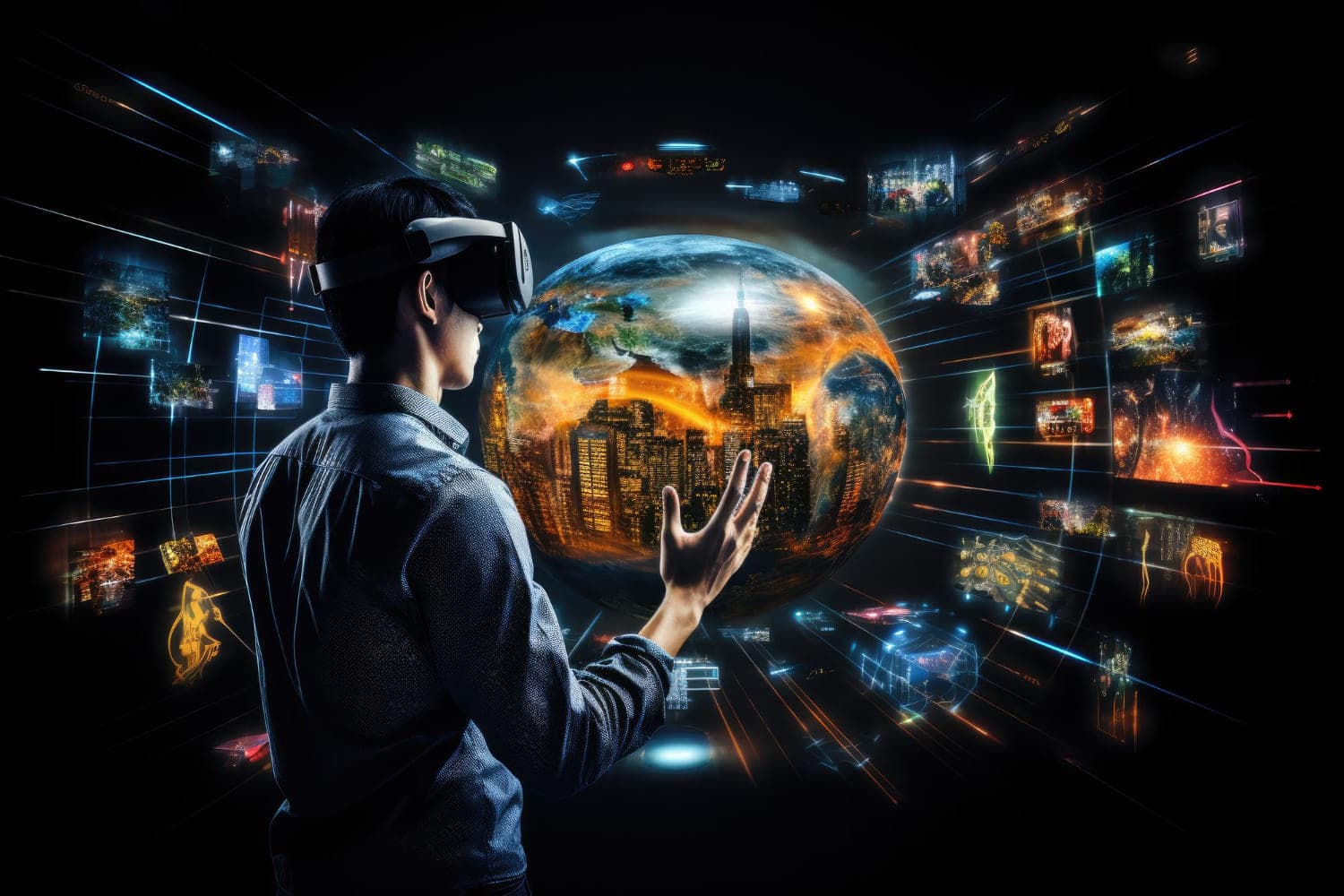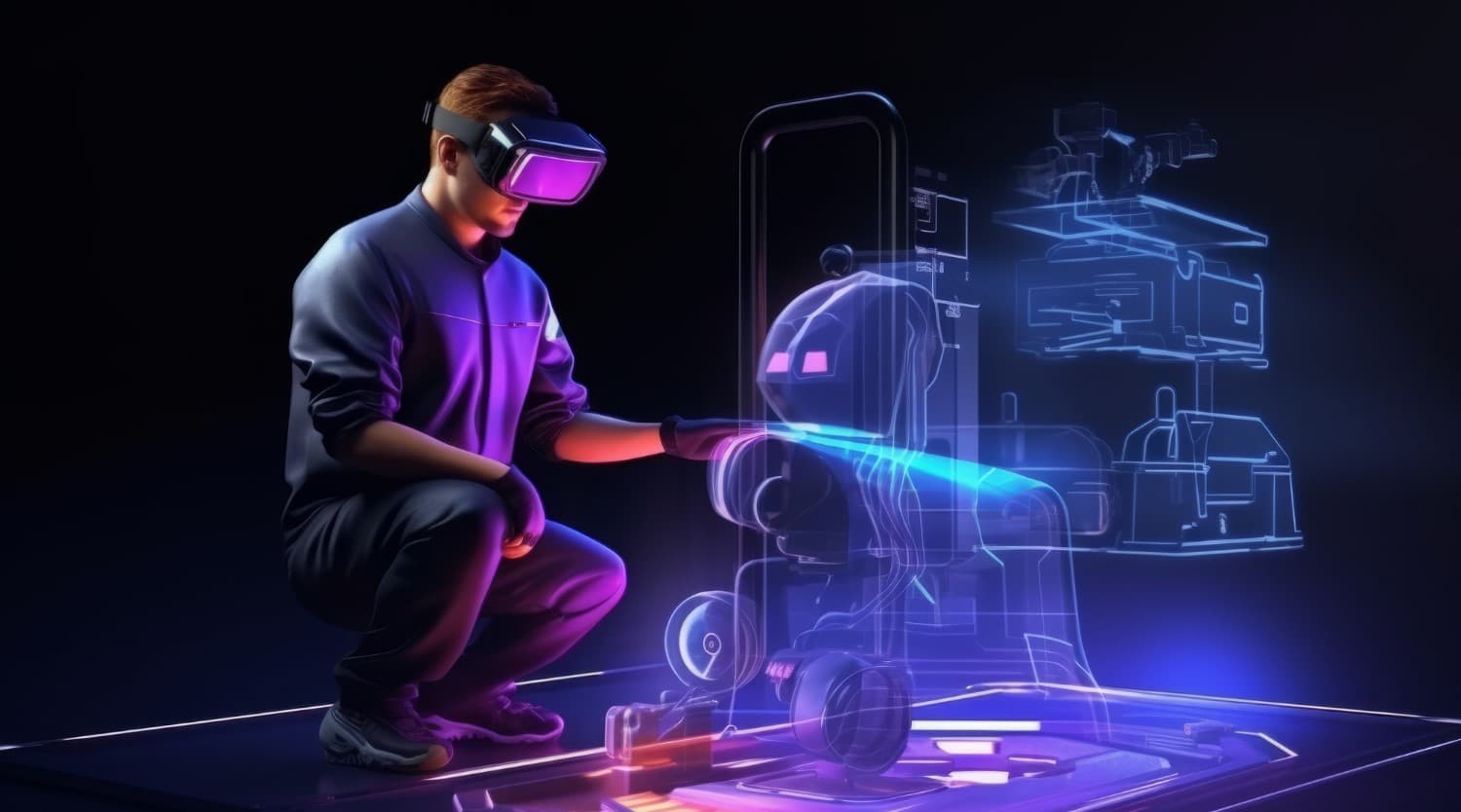5 min read
Are we headed towards Experiential E-Learning in 2018 ?
“E-learning methods are constantly updating in an attempt to keep the learner interested in the lesson. The glaze over the screen syndrome is well known within the e-learning industry. From page turners to interactive methods, from animation to virtual reality, e-learning has come a long way.

Written By
Naresh Sankaran
Published On
12 Dec 2022
Sign up for our newsletter
E-learning methods are constantly updating in an attempt to keep the learner interested in the lesson. The glaze over the screen syndrome is well known within the e-learning industry. From page turners to interactive methods, from animation to virtual reality, e-learning has come a long way.
Is 2018 the year of Immersive Learning which has the potential to transform e- learning into experiential learning?
Experiential learning was defined as “A curriculum-related endeavor which is interactive and is characterized by variability and uncertainty.” – Advance Collegiate Schools of Business (1989)
Learning processes have attempted to apply it but the process has had limited reach due to several factors such as curriculum design, geographical and physical limitations in creating a suitable environment and the cost associated with it. Through immersive learning technologies the principles of experiential learning can be applied for a wider student population.
Elaborating on the definition given by the collegiate one can list the critical elements of experiential learning as:
-
Participative
-
Interactive
-
Multi-dimensional (taps into learners cognitive, behavioral and affective dimensions)
-
Variability & Uncertainty
-
Feedback.
Immersive learning adopts a holistic approach to the learning process. Instead of relying on single or dual faculties it utilizes maximum senses (hear, see and touch) thereby creating a near to real experience for the learner. Immersive learning has the potential to address all learner types including Auditory, Visual and Kinesthetics. Applying the principles of experiential learning and e-learning, immersive learning can enhance the process and make the learning process more effective.
Immersive learning of this nature will normally have the following features:
-
A digital environment that is relevant to the topic and one that triggers visual, auditory and kinesthetic senses in the learner.
-
Thereby evoking emotions and feelings due to real life simulation.
-
Involves the learner in the environment through Role Plays which are relatable and practical.
-
Makes the learner experience multiple perspectives of the topic thereby enriching knowledge.
-
Utilizes multiple dimensions (cognitive, behavior and affective).
-
Tests the learners knowledge through “Hands On Doing Tasks” instead of Q&A tests.
These immersive learning features provide a platform to apply David Kolb’s Experential Learning Elements:
-
The learner must be willing to be actively involved in the experience.
-
The learner must be able to reflect on the experience.
-
The learner must possess and use analytical skills to conceptualize the experience.
-
The learner must possess decision making and problem solving skills in order to use the new ideas gained from the experience.
Technologies such oculus rift and Microsoft Hololens have made virtual, augmented and mixed reality commercially feasible. Will industries take the leap in 2018 is a question that remains to be answered.
Visit us at Bell Immersive Technologies Solutions to design engaging, interactive and immersive e-learning modules.
If our services interest you, let’s discuss more on how we could help your business – write to us Contact Bell Immersive Technologies
Other Articles
Some articles that may interest you

Navigating the Virtual Frontier: Complexities and Opportunities to Consider in Developing AR/VR Solutions
Shweta Karnad
16 Apr 2024

Preparing for the Unexpected: Exploring ALERTSim, the Next Generation Emergency Response Simulator
Ashish Kulkarni
11 Apr 2024

Exploring the Immersive Frontier: The Rise of Augmented and Virtual Reality
Ashwina Das
07 Feb 2024


